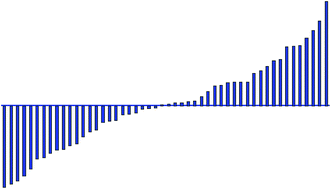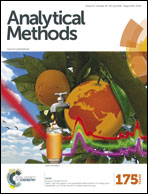z-Scores and other scores in chemical proficiency testing—their meanings, and some common misconceptions
Abstract
z-Scores were devised to provide a transparent but widely-applicable scoring system for participants in proficiency tests for analytical laboratories. The essential idea is to provide an appropriate scaling of the difference between a participant’s result and the ‘assigned value’ for the concentration of the analyte. Interpretation of a z-score is straightforward but some aspects need careful attention to avoid misconception. Over time several related scores have been devised to cope with a diversified range of applications. The main types of score have recently been codified in ISO 13528 (2015).

- This article is part of the themed collection: Analytical Methods Committee Technical Briefs

 Please wait while we load your content...
Please wait while we load your content...